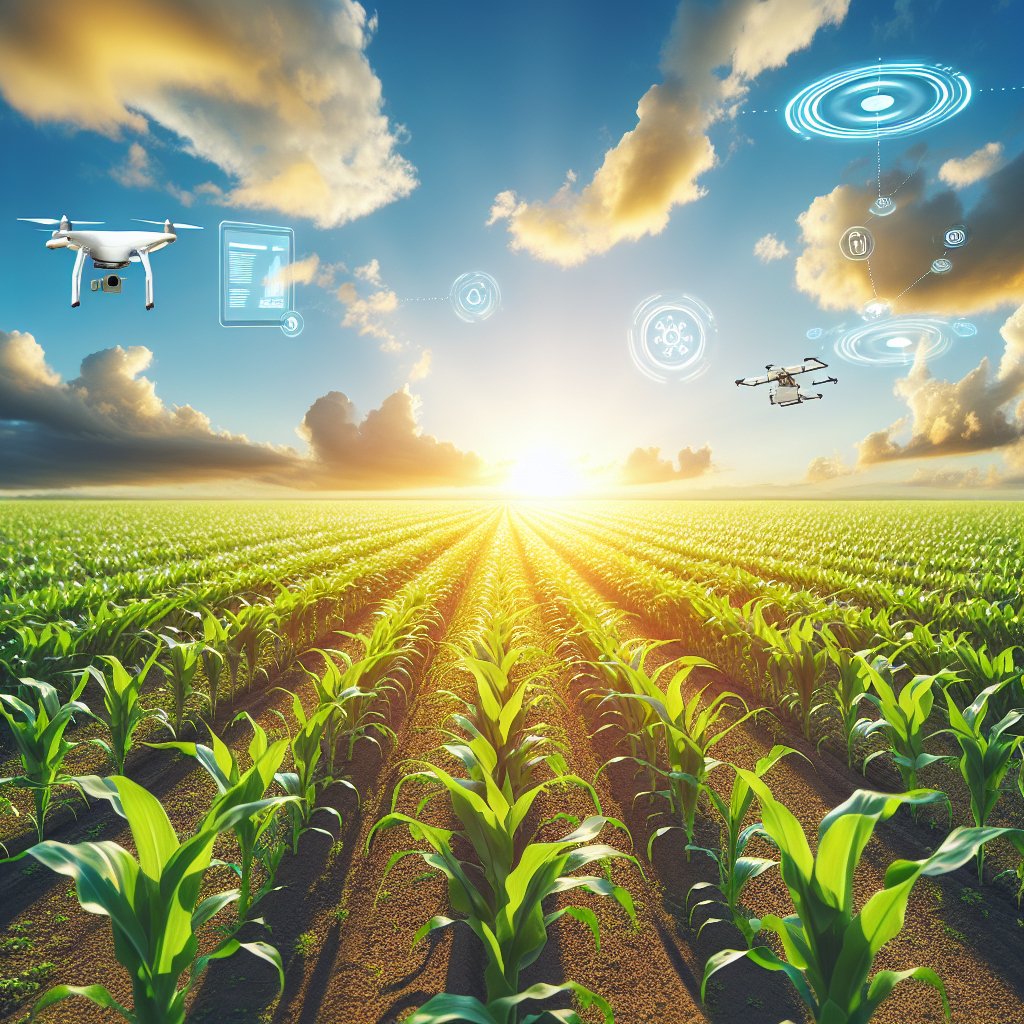The adoption of drones in modern farming has unlocked unprecedented potential for precision crop surveillance. Equipped with advanced sensors and imaging systems, these aerial platforms transform vast fields into actionable insights. Farmers can now identify stress factors, optimize resource allocation, and boost overall productivity. This article delves into the critical innovations driving agricultural drones and explores their impact on contemporary farming practices.
High-Resolution Aerial Imaging and Sensor Integration
Agricultural drones combine multiple sensing modalities to capture a comprehensive view of crop health. Multispectral cameras detect light in various wavelengths, including near-infrared, enabling the assessment of plant vigor. Thermal sensors reveal variations in canopy temperature, which often correlate with water stress or pest infestations. By integrating LiDAR (Light Detection And Ranging) scanners, drones generate precise topographic maps to guide irrigation planning and identify drainage issues.
- Multispectral imaging enhances analysis of chlorophyll content and photosynthetic activity.
- Thermal data assists in early detection of dehydration and disease onset.
- LiDAR mapping supports soil erosion risk assessment and terrain modeling.
This synergy of sensors empowers farmers to apply targeted interventions, reducing waste and improving crop uniformity. The ability to survey hundreds of acres within minutes represents a dramatic shift from traditional ground-based scouting methods, where sampling is often infrequent and labor-intensive.
Real-Time Data Processing and Decision Support
Once raw imagery is collected, the next step is rapid processing and interpretation. Cloud-based platforms leverage machine learning algorithms to transform pixel data into meaningful metrics. Automated classification models identify patterns such as nutrient deficiency, pest infestations, or weed proliferation. Interactive dashboards present these insights in intuitive heatmaps, highlighting zones that require immediate attention.
Key benefits include:
- Instantaneous feedback loops, shortening the decision-making cycle from weeks to hours.
- Customized prescription maps for variable-rate application of fertilizers, herbicides, and water.
- Integration with farm management systems for coordinated scheduling and resource tracking.
By harnessing precise data streams, growers can adjust inputs on-the-fly, minimizing environmental impact and maximizing return on investment. This digital revolution in agronomy underscores the growing importance of connectivity and automation in modern agriculture.
Enhancing Sustainability and Resource Efficiency
One of the most compelling advantages of drone-assisted farming is the promotion of eco-friendly practices. Over-application of chemicals leads to runoff, soil degradation, and biodiversity loss. With drone-acquired insights, farmers adopt more measured approaches:
- Targeted spraying reduces agrochemical consumption by up to 60% compared to blanket treatments.
- Precision irrigation guided by moisture mapping conserves freshwater resources.
- Soil health monitoring supports crop rotation and cover crop strategies to restore fertility.
These practices foster long-term sustainability and help preserve vital ecosystems. Moreover, the reduction in fuel usage—once heavy tractors traversed fields for routine checks—cuts greenhouse gas emissions substantially. As global demand for food rises, such innovations prove essential in balancing productivity with environmental stewardship.
Autonomous Flight Planning and Operational Efficiency
Recent strides in drone software have automated flight route design, obstacle avoidance, and mission execution. Predefined waypoints ensure comprehensive coverage, while onboard collision detection systems safeguard equipment and personnel. High-capacity batteries and hybrid power options extend flight durations, allowing a single drone to monitor extensive acreages in one sortie.
Operational benefits:
- Reduced labor costs as fewer personnel are needed for aerial surveys.
- Scalable operations through fleet management software that coordinates multiple units.
- Enhanced efficiency with scheduled missions that run autonomously at dawn or dusk, capturing optimal lighting conditions.
With robust remote-control interfaces and mobile connectivity, agronomists can deploy drones from any location, ensuring continuous oversight of large-scale operations. This level of autonomy marks a significant departure from manual practices and paves the way for fully integrated smart farms.
Integration with Precision Agriculture Tools
Drones complement a broader suite of precision agriculture technologies, creating a unified digital ecosystem. Ground-based sensors measure soil moisture, pH, and nutrient levels in real time. Satellite imagery offers macro-level trends, while drones fill the gap with high-resolution micro-level data. Data fusion platforms merge these sources to generate comprehensive field profiles.
Integrated systems support:
- Advanced yield forecasting by correlating past performance with current crop conditions.
- Adaptive machine guidance for autonomous tractors and harvesters.
- Traceability solutions that document each stage of crop growth for quality assurance and regulatory compliance.
This orchestration of tools enhances overall farm management, driving incremental improvements across planting, irrigation, fertilization, and harvesting. The end result is higher yield consistency and superior produce quality.
Economic Impact and Return on Investment
While initial procurement and training costs can be significant, the long-term economic benefits often surpass expectations. Key financial gains include:
- Lower operational expenditures through optimized input usage.
- Increased revenue from healthier crops and reduced losses due to early problem detection.
- Access to real-time market insights via connectivity, improving pricing strategies.
Case studies from corn and soybean farms show that drone adoption can boost profitability by 15–25% within the first two seasons. Smallholder farmers also benefit from shared drone services, democratizing access to cutting-edge technology and leveling the agricultural playing field.
Future Directions and Emerging Innovations
The next wave of drone advancements promises even deeper integration and enhanced capabilities. Key trends on the horizon include:
- Swarm operations, where multiple drones coordinate to cover vast territories simultaneously.
- Bioacoustic monitoring to detect pollinator activity and wildlife interactions.
- Onboard edge computing, enabling real-time decision-making without reliance on remote servers.
- Advanced propulsion systems for longer endurance and payload flexibility.
Artificial intelligence models continue to evolve, improving pest recognition accuracy and predictive analytics. The convergence of robotics, sensors, and monitoring platforms will redefine the boundaries of modern agriculture. As these innovations mature, farmers stand to benefit from unprecedented levels of insight and control over their fields.



